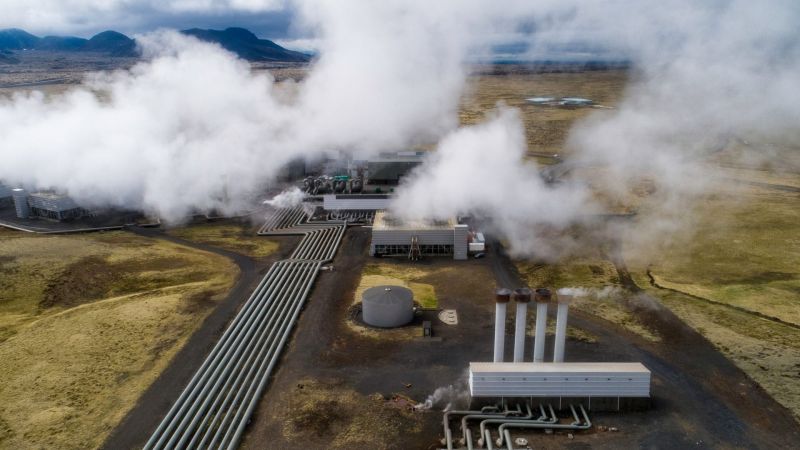Kenya is set to add more electricity to its national grid as the federal government has approved the construction of the Olkaria VII Geothermal Power Project. The new project, expected to deliver an additional 80.3 megawatts (MW) of electricity, is part of Kenya’s long-term plan to shift away from expensive thermal power to cleaner and more affordable renewable energy sources.
The new power station will be built in Naivasha, Nakuru County, and is being handled by the Kenya Electricity Generating Company (KenGen). The geothermal plant is expected to be completed by June 2027. It will draw power from 19 geothermal wells in the Olkaria area, which is already known for producing clean energy in the country.
According to a statement released by KenGen, the project is being supported by the Government of Japan and the European Investment Bank (EIB), who are providing financial and technical assistance. The project is a multi-billion-shilling investment that will further strengthen Kenya’s energy sector, especially as the country’s demand for electricity continues to rise.
Speaking on the development, KenGen’s Chief Executive Officer, Engineer Peter Njenga, explained that the Olkaria VII project is a key part of the company’s newly launched 10-year strategic plan. This plan aims to add at least 1,500MW of renewable energy to the national grid over the next decade.
Out of this new capacity, about 800MW will be sourced from geothermal power, while the rest will come from other clean energy sources like solar, wind, and hydro. The company also revealed that Kenya’s electricity demand has grown by nearly 100MW in the past year alone, driven by increased investment in industries and the growing popularity of electric vehicles.
Engineer Njenga noted that the country’s electric vehicle (EV) sector alone is projected to require over 334MW of electricity by 2032. The Olkaria VII plant will help address this demand and also support the government’s industrialisation efforts, which are expected to need over 1,000MW of additional capacity within the same period.
KenGen’s CEO further revealed that the company is working to improve the country’s energy storage systems. He said they plan to invest in a 500-hour energy storage facility to help preserve power from solar and wind energy sources. This will make it easier to supply electricity even when natural conditions are not favourable.
The energy storage system and other parts of the plan are expected to cost around $4.3 billion, which is over KSh550 billion. Eng Njenga confirmed that KenGen is in talks with international donors, development banks, and partners to raise funds for the project.
Currently, Kenya’s installed power generation capacity stands at 1,726MW, with geothermal energy already making up a large share of the mix. With the completion of the new Olkaria VII plant, the country hopes to move closer to its target of fully relying on renewable energy.
The CEO added that steady and reliable electricity is crucial to lighting homes, powering businesses, and boosting Kenya’s economic development. He stated that KenGen is fully committed to playing its role in helping Kenya move towards clean energy while also meeting rising electricity needs.
KenGen’s long-term strategy aligns with President William Ruto’s vision for green energy and sustainable development. In recent years, Kenya has gained recognition as one of Africa’s leaders in renewable energy, particularly in geothermal power, where it ranks among the top globally.
The move to develop more geothermal energy also helps reduce dependence on thermal power plants, which are powered by diesel and heavy fuel oil. These plants are not only expensive to run, but they also contribute to pollution and carbon emissions.
Industry experts say Kenya’s plan to expand geothermal energy will help bring down electricity costs and create more jobs. It will also attract foreign investors looking for affordable and reliable energy to support their businesses.
The government, through the Ministry of Energy, continues to encourage public-private partnerships and is working to create a friendly environment for investment in the energy sector.
Energy Cabinet Secretary, Davis Chirchir, recently confirmed that Kenya is targeting 100% clean energy by 2030. He said the government is reviewing its policies to support local and foreign investors interested in clean energy solutions.
As the world moves towards climate action and carbon reduction, Kenya’s new geothermal project is seen as a bold step in the right direction. It not only supports the country’s Vision 2030 goals but also strengthens its position as a green energy leader in Africa.
